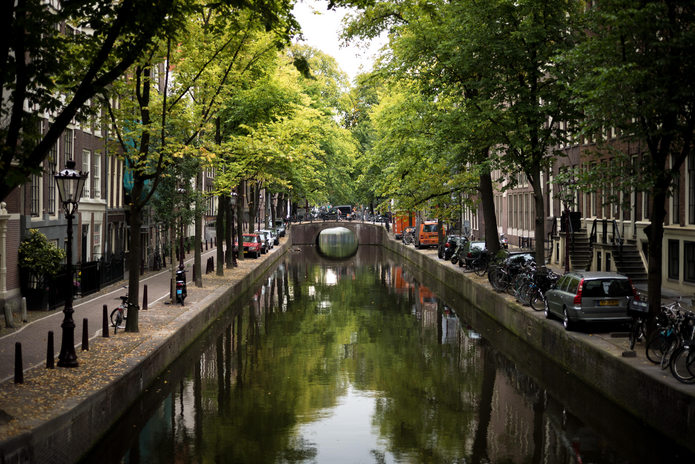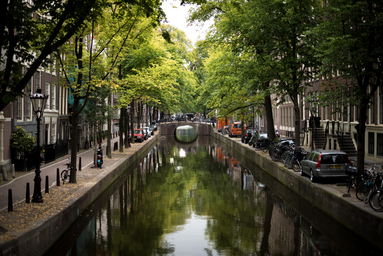In a city of 150,000 people, 60 miles west of Amsterdam in a small city of Arnhem, the city is making big steps to help slow the effects of climate change. The Dutch government plans to replace 10 percent of the city’s asphalt roads with grasses and greenery in an attempt to combat the climate crisis. Arnhem is about 13 meters above sea level; sometimes experiencing flooding is nothing to worry about, however, there have been more droughts as a result of the global climate crisis issue.
In 2014, there was a torrential downpour that resulted in the city being practically underwater. In the past few years droughts have been the larger issue. In 2019, residents of Arnhem suffered a heatwave of temperatures above 100 degrees Fahrenheit, putting at risk health patients at risk of overexposure. Some buildings have now been covered with greenery, so it grows attached to the building and helps mitigate the effects of the heat as well.
A benefit to a population under 200,000 people is coming together to make efforts alongside the city is which will help them reach their goal faster. Arnhem will incentivize citizens to do their part and add greenery to their personal properties. The reasoning behind this is that most of the city’s territory is private property, not public. Doing this is a two bird one stone event as there is a social effect to coming together as a community to fight climate change, as well as fighting loneliness caused by the COVID-19 pandemic.

Arnhem’s commitment to replace 10 percent of asphalt with greenery includes the plan of adding greenery which will help reduce heat and improve the city’s absorption of rainfall. To give some context, asphalts dark material absorbs heat ‑ keeping temperatures high and increasing water run-off into the sewers. Their goal is that 90 percent of rainwater will be absorbed into the greenery that will be placed compared to ending up in the sewers. Efforts and plans to find the best place to remove roads and replace them have caused the city to have to evaluate what surrounds them.
Using a “heat attention map,” Arnhem can highlight which parts of the city are most at risk for heatwaves to create a plan to add more coverage along walkways. While it may seem crazy to remove a road of asphalt, in the Netherlands there are many roads in cities that are rarely used or seem to be obsolete in use. These are the roads that will be torn up, not affecting the lives of the citizens in a negative way, but instead, make use of the space being wasted for asphalt.
The city’s vice mayor, Cathelijne Bouwkamp, has announced, “while we keep fighting climate change for coming generations, we have to adapt to climate change as we see the consequences of climate change today.” Her words echo through the city of Arnhem as a reminder of why they are making efforts to add more greenery and that there is a future generation that we want to have experienced green earth. Bouwkamp’s words and commitment to the efforts of combating climate change are what will help pave Arnhem into a greener future.
Want to see more HCFSU? Be sure to like us on Facebook and follow us on Instagram, Twitter, TikTok, Youtube and Pinterest!



